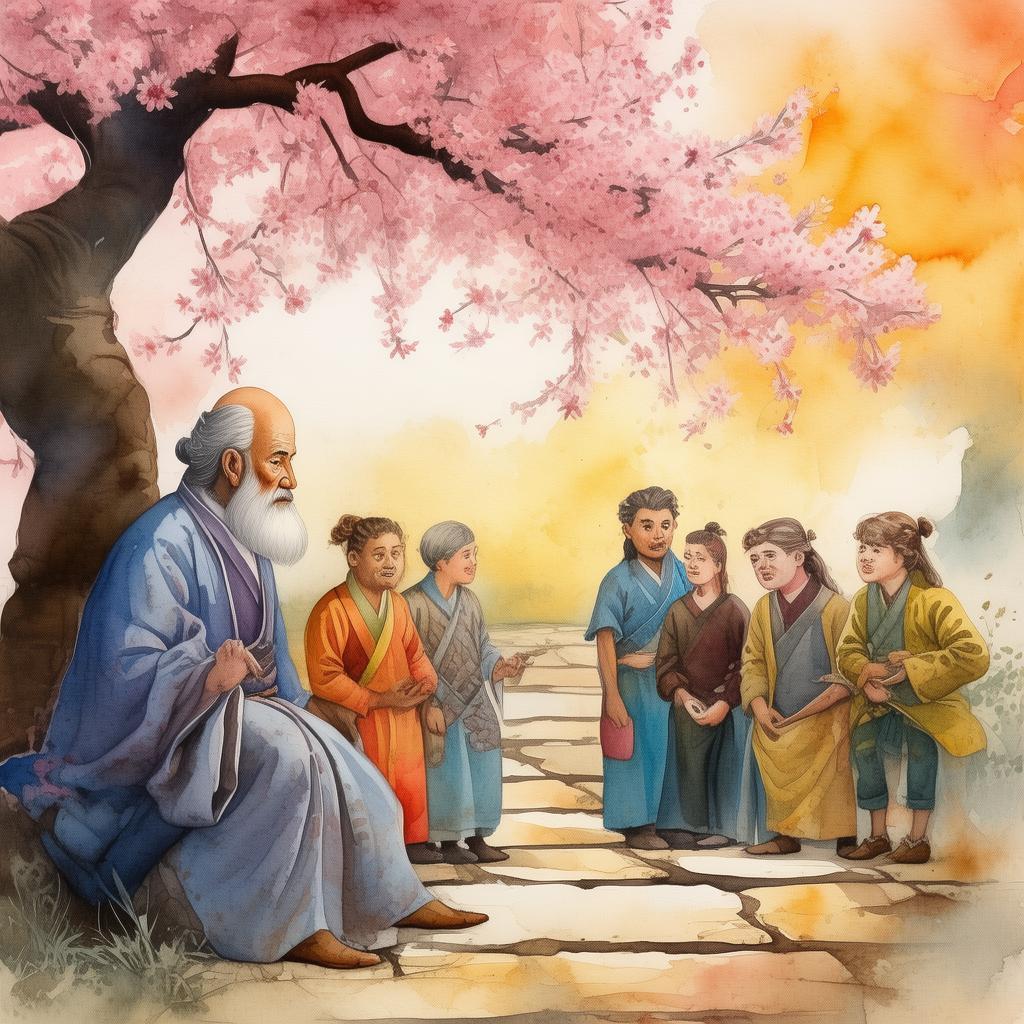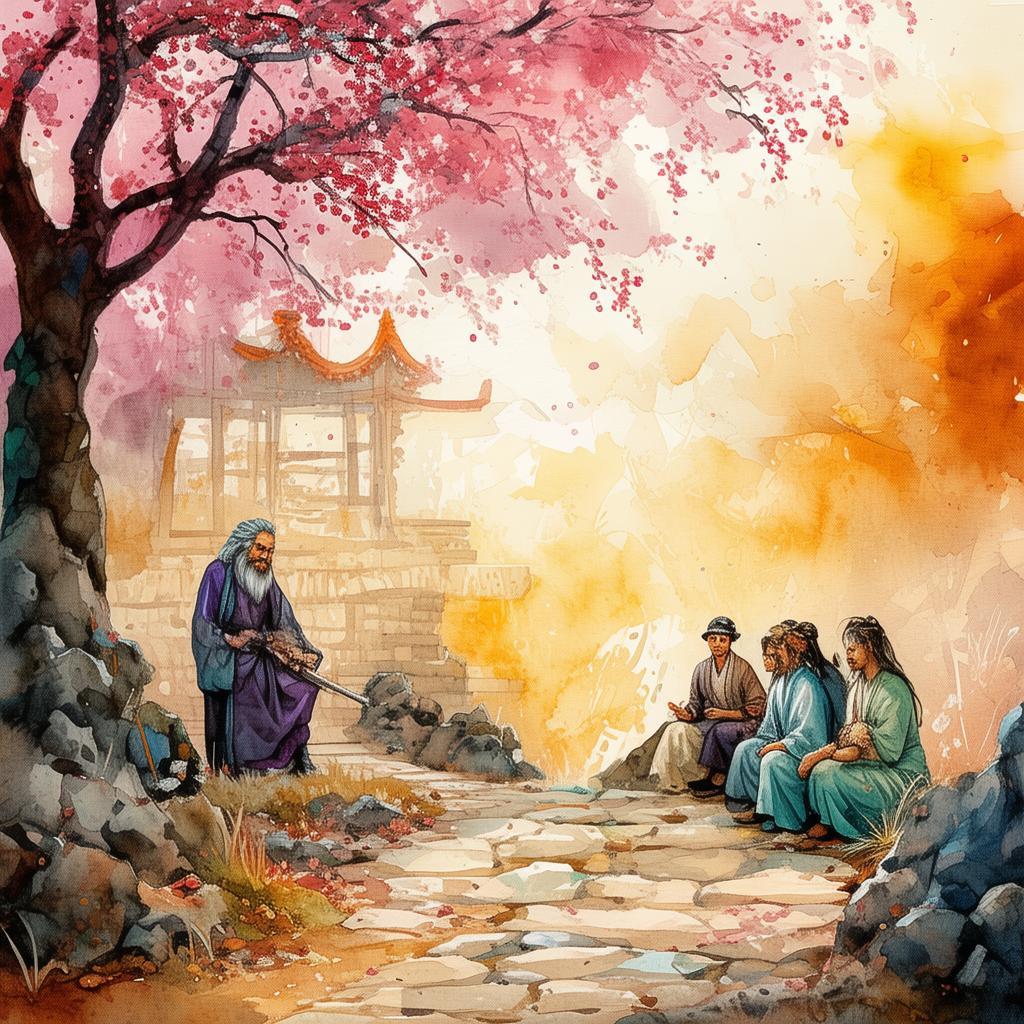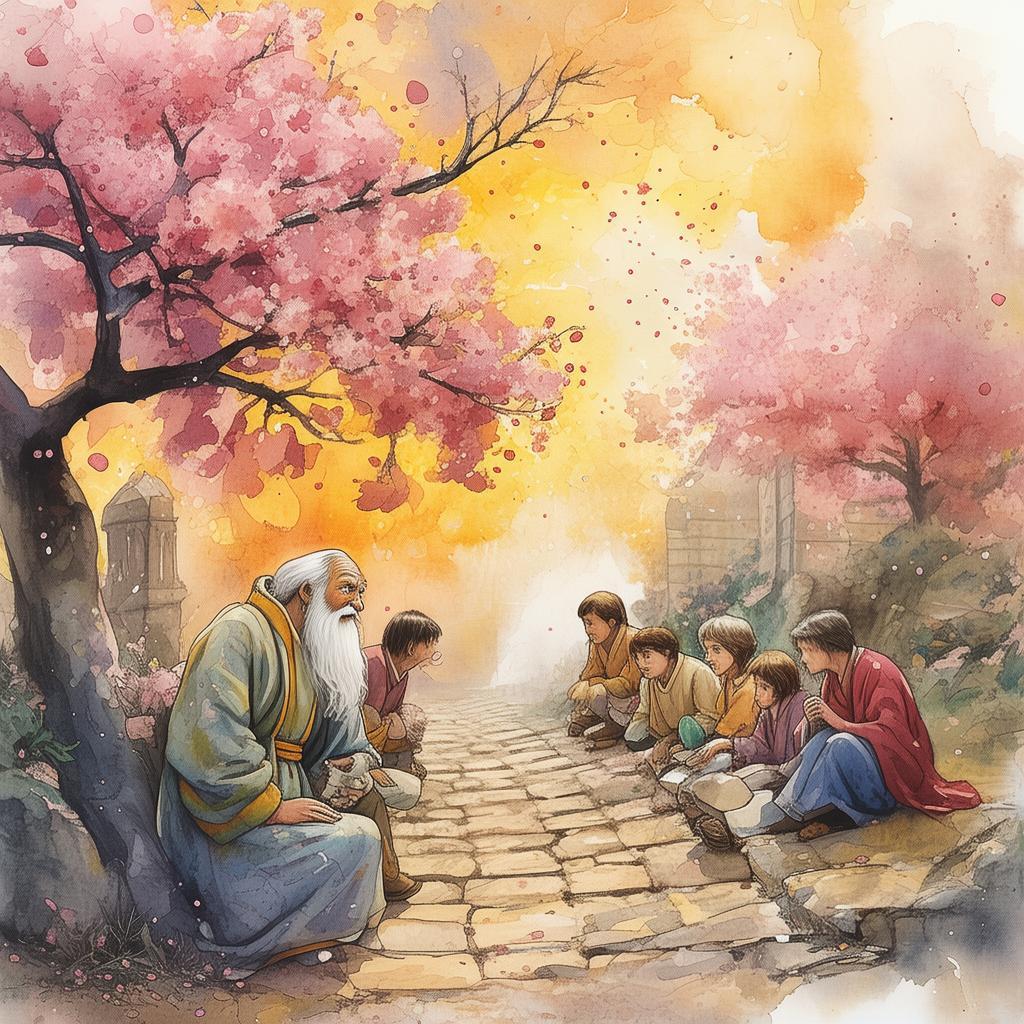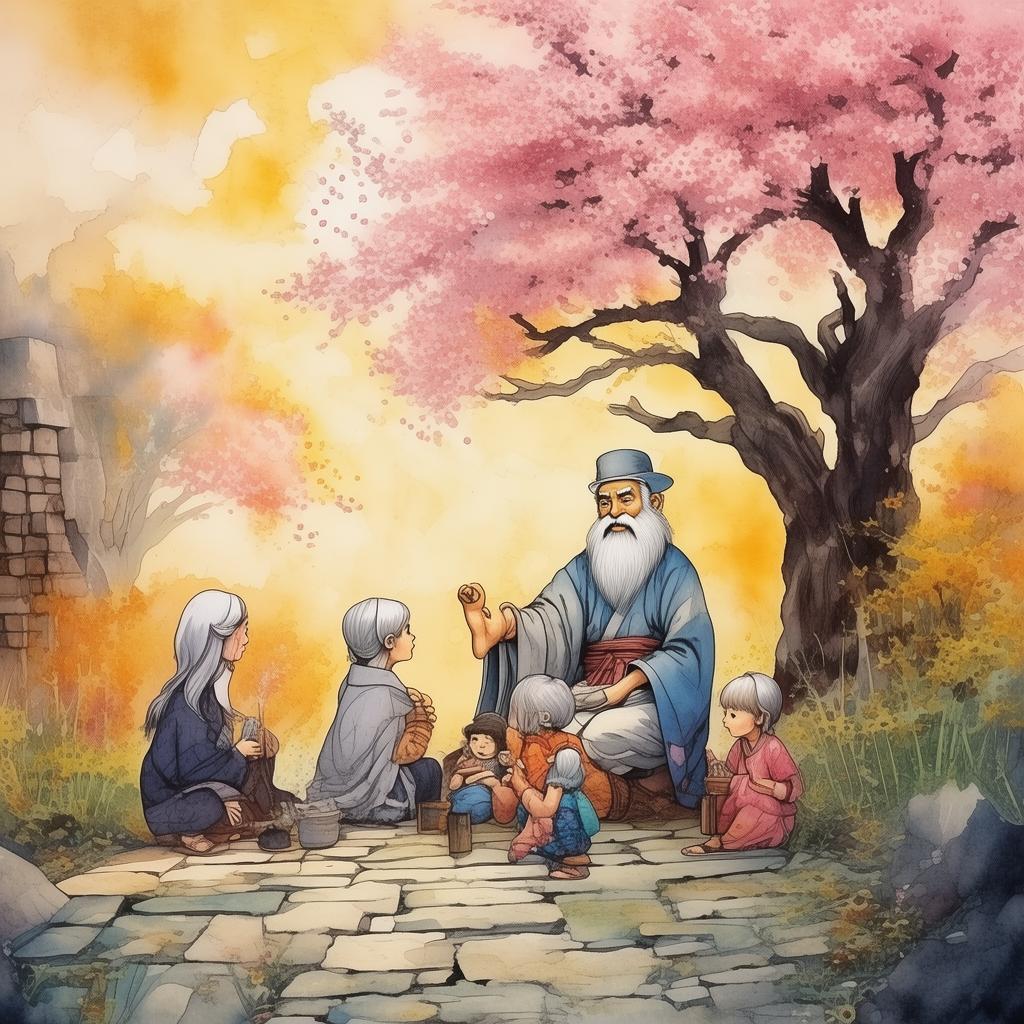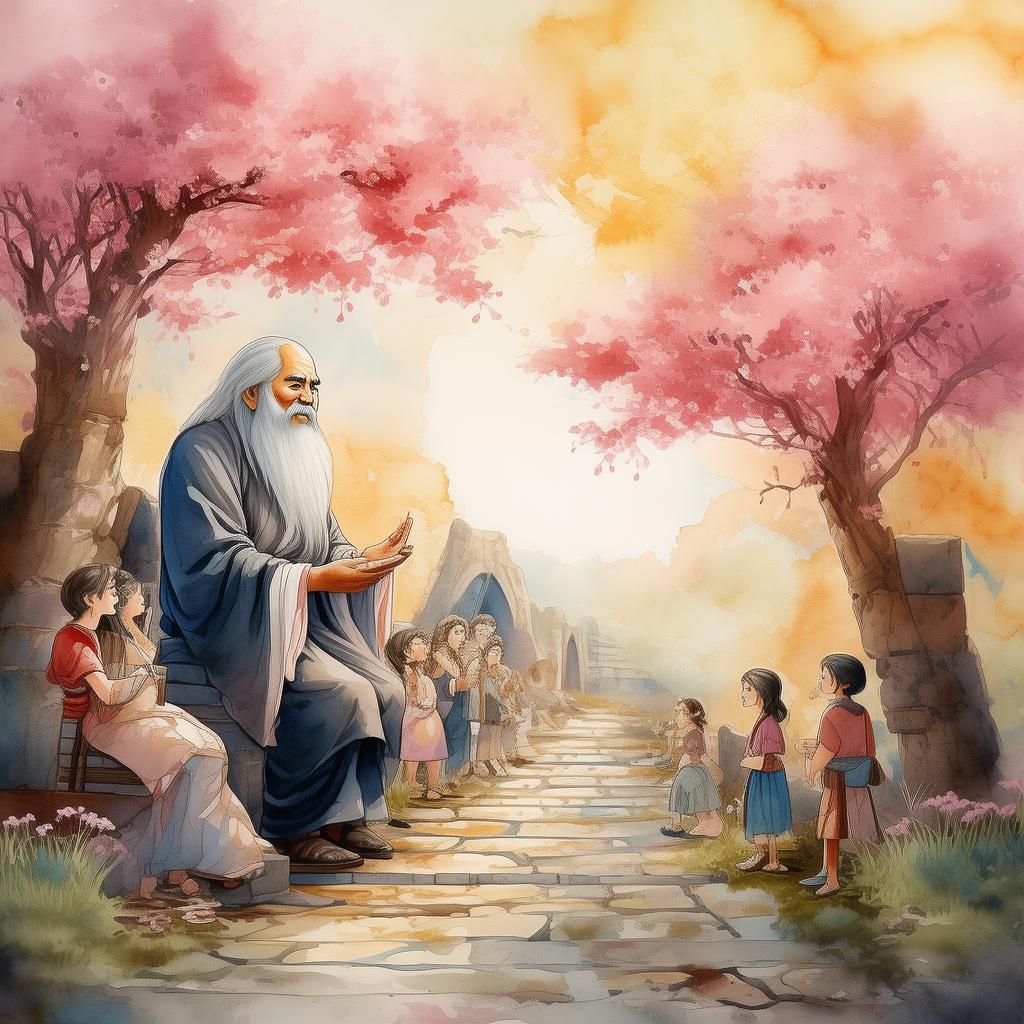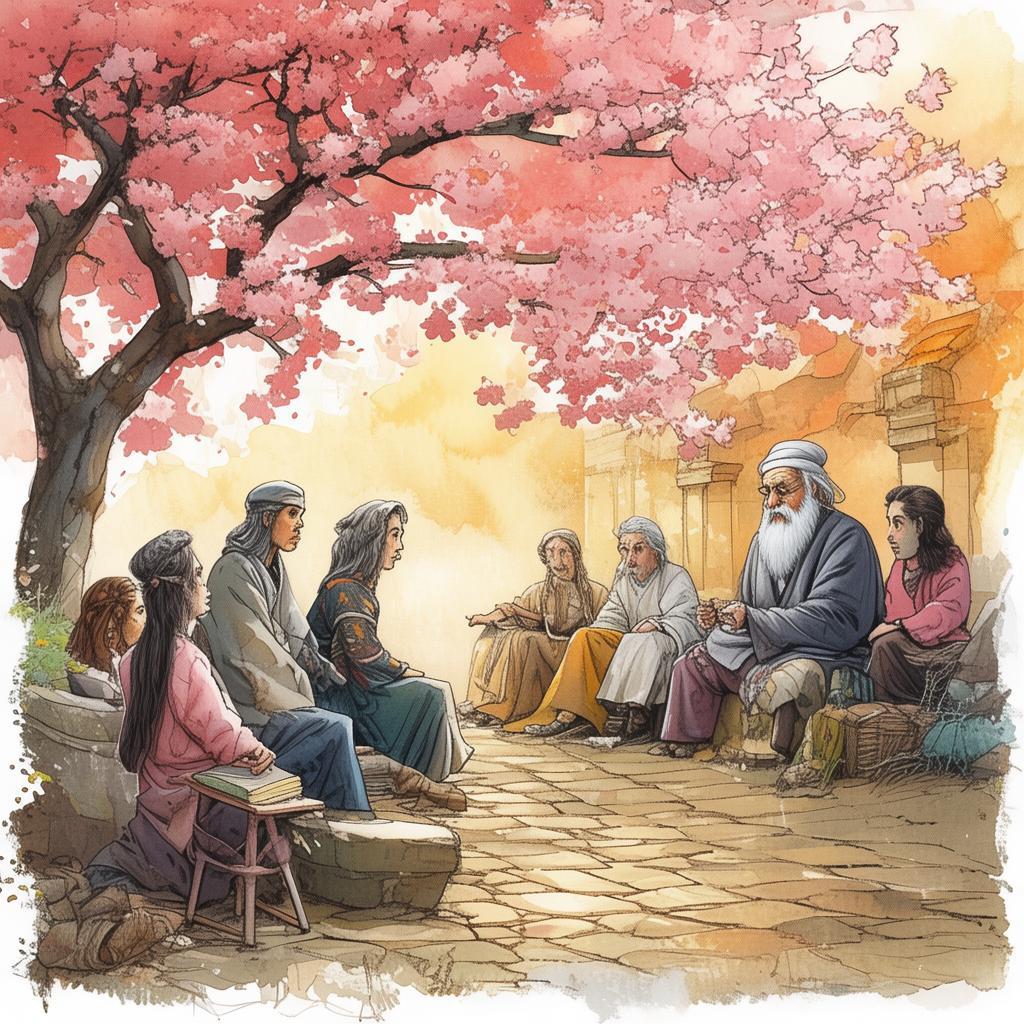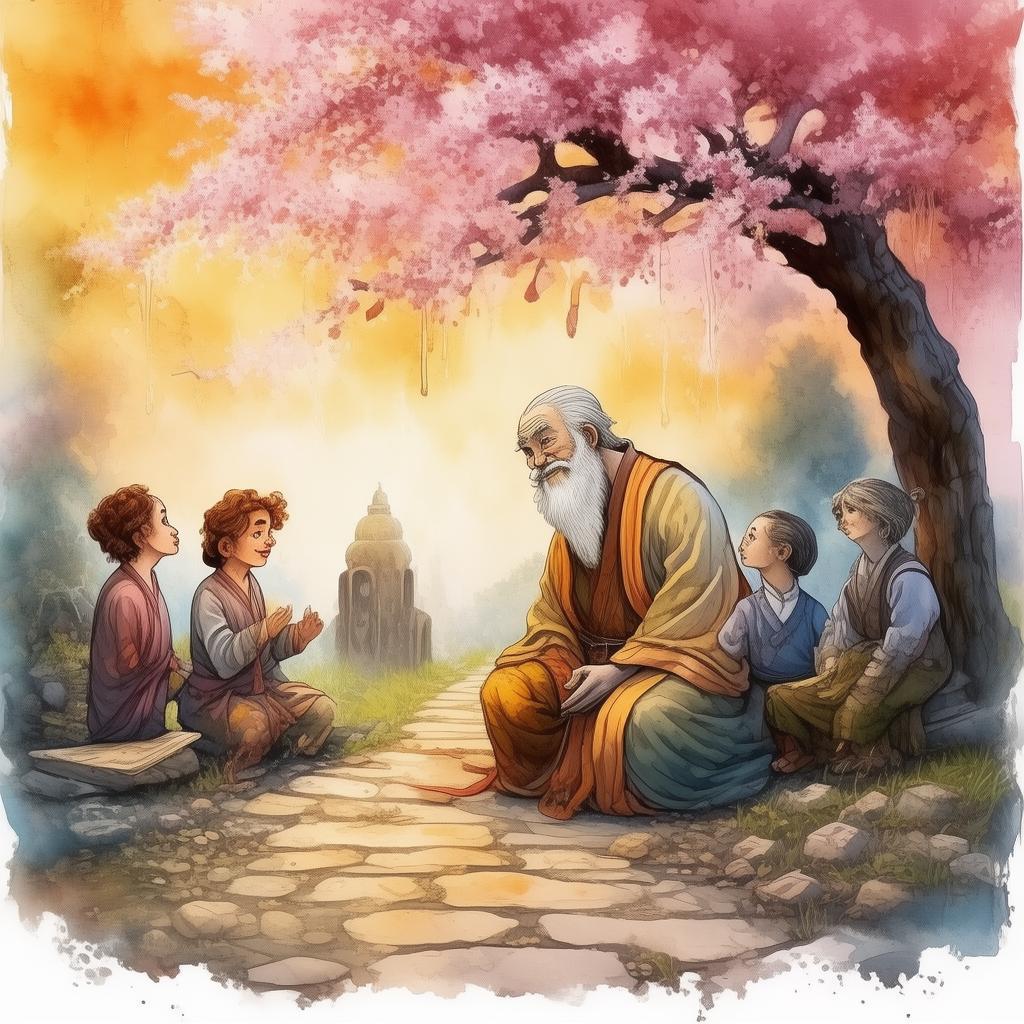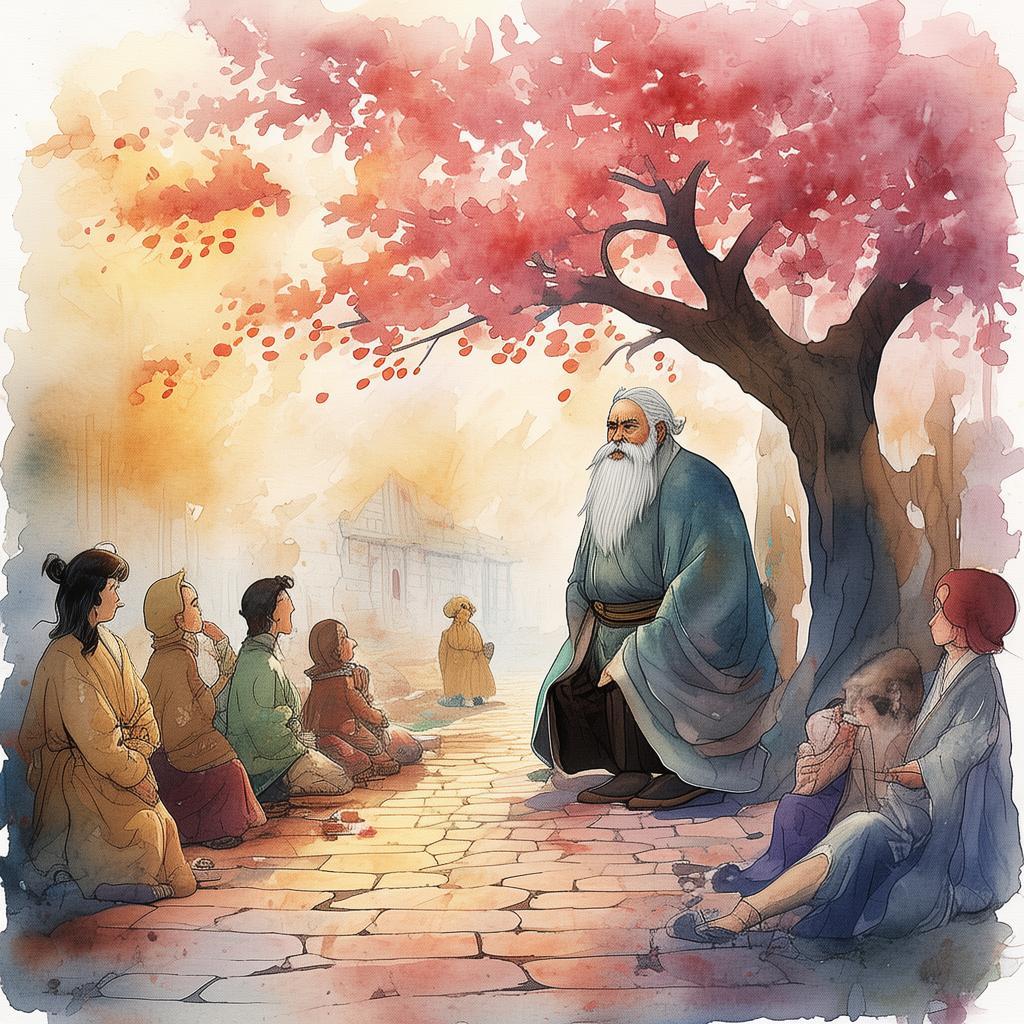The Reflection of Sin
In the heart of the bustling city of Lingzhou, there was a young artist named Ming, known for his ability to capture the most ordinary of moments with the most extraordinary of art. His paintings spoke of life's simple joys and the stark realities of human existence. Ming was often found in his small, dimly lit studio, surrounded by canvases, paintbrushes, and the scent of oil and linseed oil.
One day, Ming received an enigmatic commission from an anonymous patron. The patron requested a painting that would depict the essence of the human soul. Intrigued, Ming set to work, pouring his heart and soul into the canvas. The painting he created was a mirror, reflecting not only the beauty of the soul but also its darkness. It was a masterpiece that seemed to hold a piece of the artist's very soul.
As Ming completed the painting, he felt an overwhelming sense of foreboding. The painting was not just a reflection of the soul; it was a window into the depths of human sin and suffering. He had never felt so close to the darkness that lay within the human heart.
The painting was unveiled to the public, and it was met with awe and horror. Some saw it as a profound work of art, while others whispered that it was cursed. Ming dismissed these rumors, confident in the purity of his intentions.
One evening, as Ming sat in his studio, the painting began to glow with an eerie light. He felt a chill run down his spine and saw shadows of suffering and sin flickering within the mirror. The painting was alive, and it was calling to him.
Ming decided to investigate the source of the painting's power. He delved into ancient texts and legends, hoping to find a way to release the trapped souls. He discovered that the painting had been cursed by an ancient sorcerer, who had bound the souls of the damned within its frame.
Determined to free the souls, Ming embarked on a journey that would take him to the very gates of hell. He encountered demons and angels, each with their own story of sin and redemption. Ming learned that the souls trapped in the painting were the ones who had escaped judgment in their lifetimes, and their spirits were trapped within the mirror until their fate was sealed.
As Ming delved deeper into his quest, he began to question his own actions and the very essence of justice. He realized that the painting was not just a reflection of sin; it was a judgment, a mirror that held up to each soul the reflection of their own misdeeds.
In the depths of hell, Ming faced his greatest challenge. He had to confront the sorcerer who had cursed the painting and convince him to release the souls. The sorcerer, a being of immense power and knowledge, was also a being of great sin. He had bound the souls for his own gain, seeking to control the fates of those he had cursed.
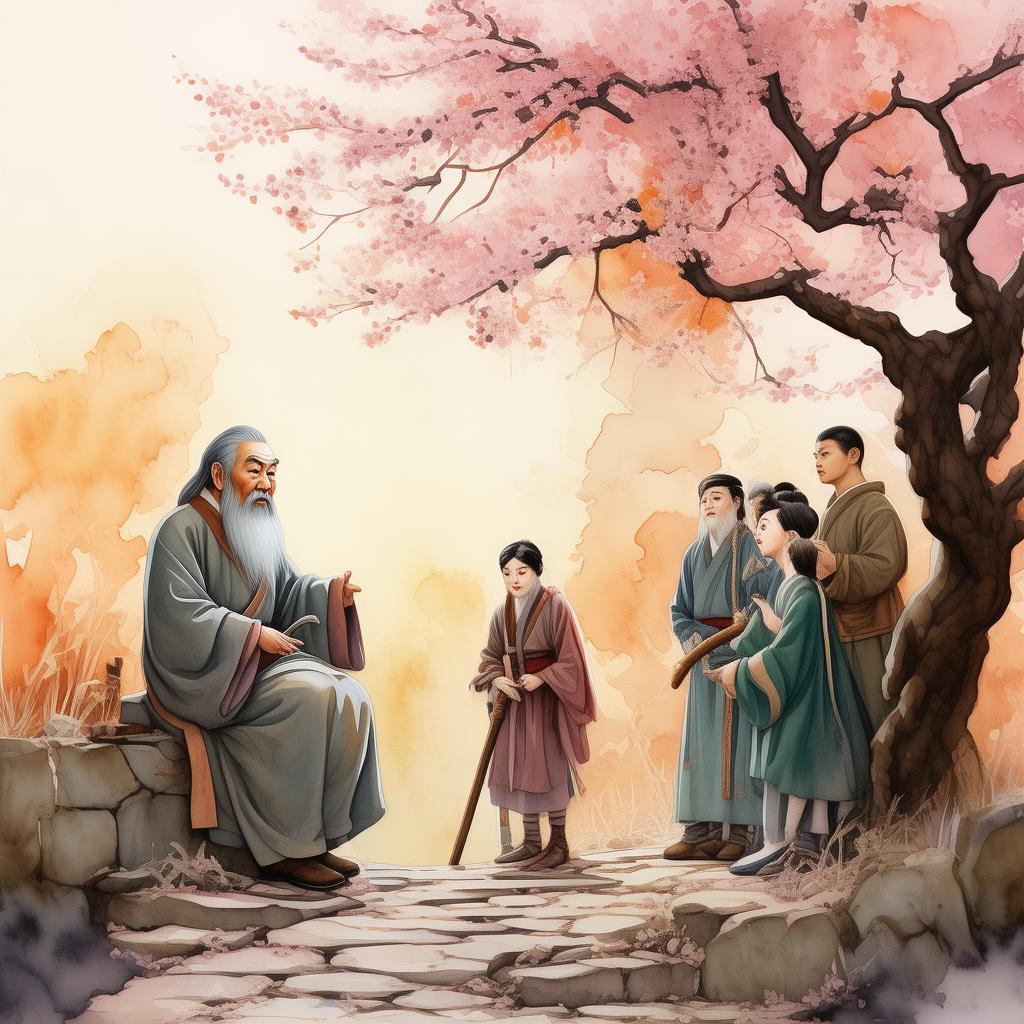
A fierce battle ensued, with Ming wielding his paintbrush like a weapon. He fought with all his might, not just to free the souls, but to break the curse that had bound them for eternity. In the end, Ming defeated the sorcerer, and the painting's curse was lifted.
As the souls were freed, they thanked Ming for his courage and sacrifice. They had been granted a second chance at life, a chance to make amends for their past mistakes. Ming, in turn, received a profound understanding of the nature of sin and judgment.
The painting, now free of its curse, returned to its place on the wall in Ming's studio. It no longer reflected the darkness of the damned; instead, it shone with a soft, comforting glow. Ming realized that the painting had not been a curse but a gift, a mirror that held up to each soul the possibility of redemption.
Ming returned to his life, no longer the same man. He had seen the depths of human sin and the light of redemption. He continued to paint, but now with a deeper understanding of the human condition. His art became a testament to the power of forgiveness and the possibility of redemption.
And so, the story of Ming and the cursed painting spread throughout the city, a tale of judgment, redemption, and the enduring power of the human spirit.
✨ Original Statement ✨
All articles published on this website (including but not limited to text, images, videos, and other content) are original or authorized for reposting and are protected by relevant laws. Without the explicit written permission of this website, no individual or organization may copy, modify, repost, or use the content for commercial purposes.
If you need to quote or cooperate, please contact this site for authorization. We reserve the right to pursue legal responsibility for any unauthorized use.
Hereby declared.
